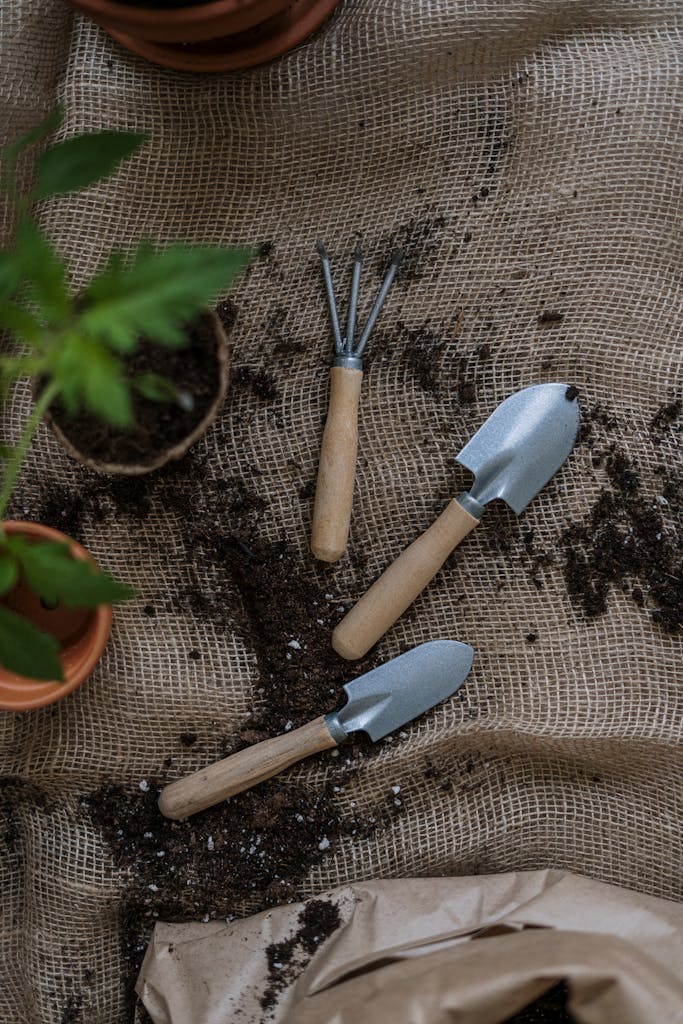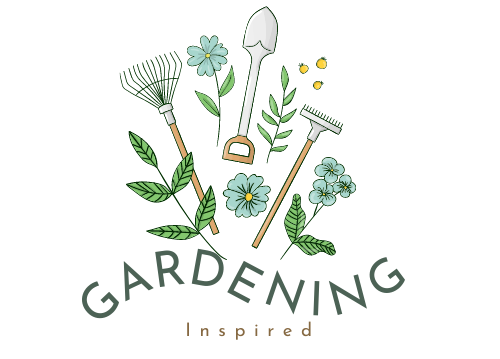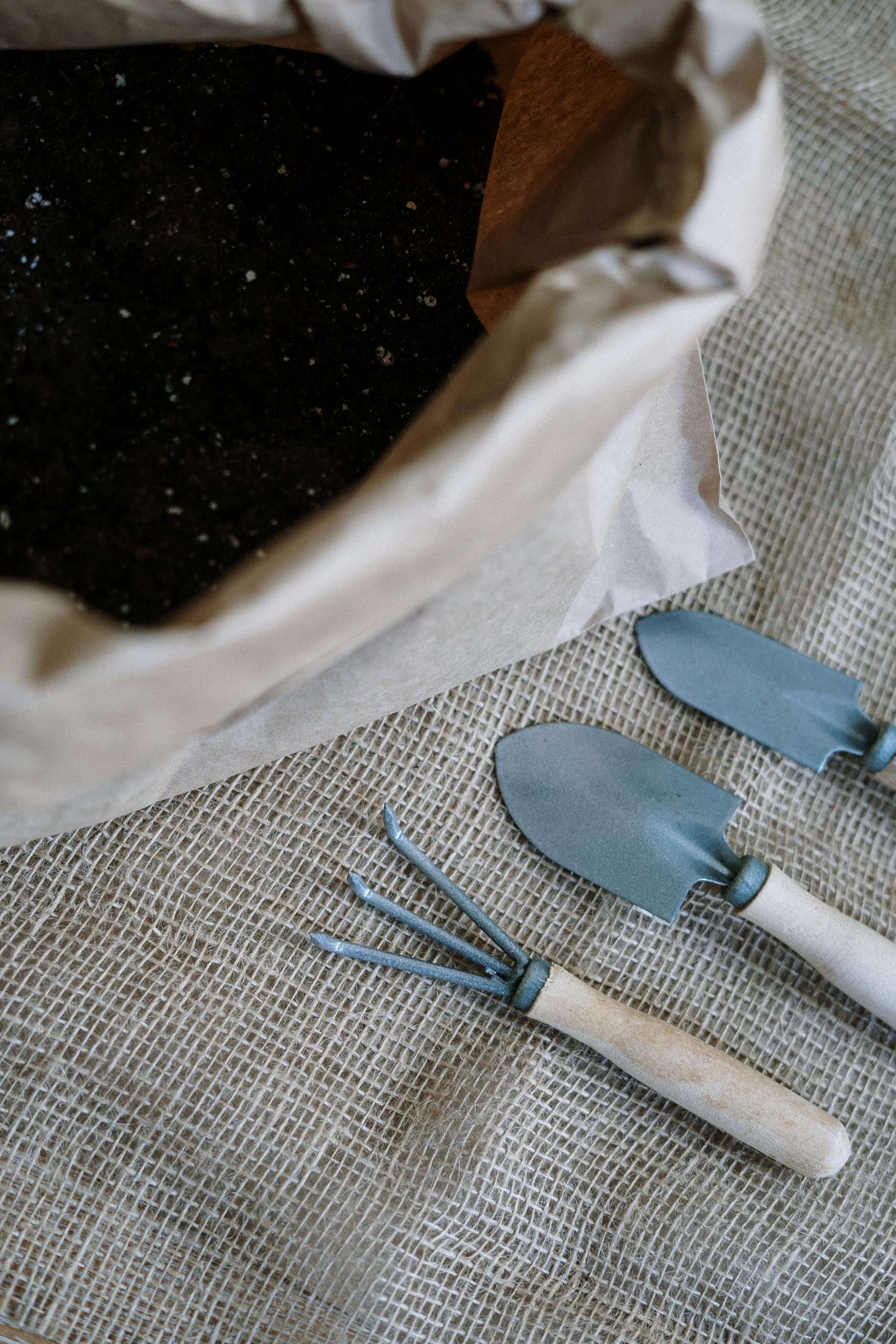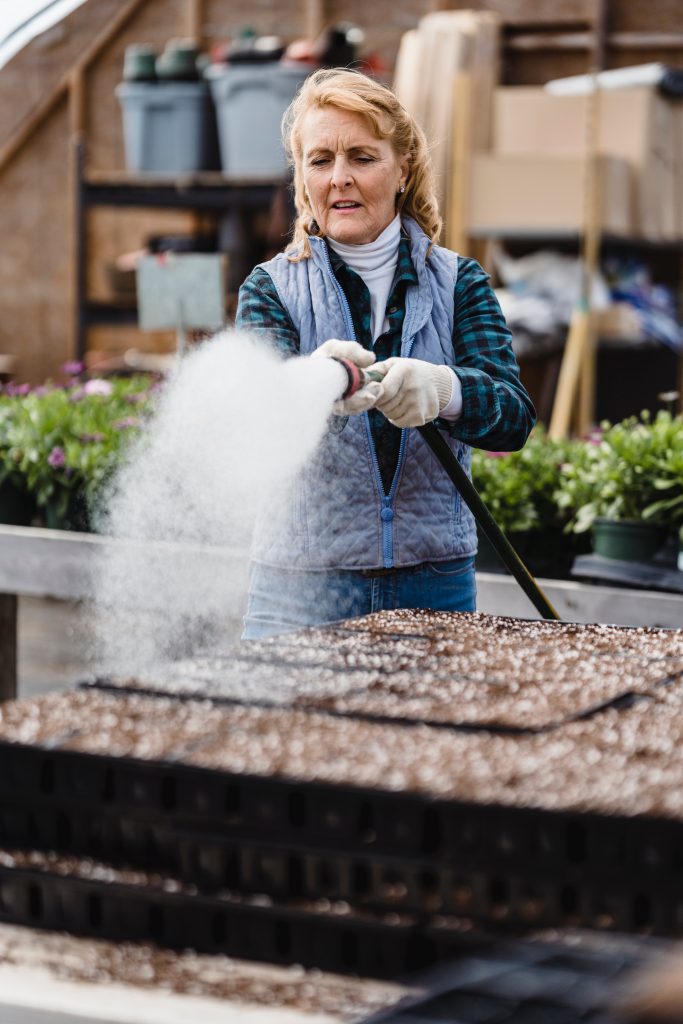Every Gardener’s Best Friend: The Ultimate Pruning Shears
Ask any gardener what tool they can’t live without, and chances are pruning shears will be at the top of the list.
They may look simple, but the right pair of shears can make the difference between healthy, flourishing plants and ones that look like they’ve been through a battle.
Here’s why: plants need regular trimming. Dead stems, overgrown branches, and even spent flowers can hold your garden back. And while you could try tackling that with kitchen scissors, let’s be real—it won’t end well.
Pruning shears are built for the job, and once you start using them, you’ll wonder how you ever managed without.

Why Pruning Shears Matter
Pruning isn’t just about tidying things up. It’s about plant health. Clean cuts allow plants to heal quickly, while jagged tears invite disease and pests. Pruning shears give you the precision you need to cut without crushing stems. They also save your hands from the frustration (and pain) of forcing the wrong tool.
With a good pair of shears, you’ll:
- Keep plants looking neat and vibrant
- Encourage more flowers and fruit
- Control growth before it gets out of hand
- Make your gardening life a lot easier
Types of Pruning Shears
Not all shears are the same, and choosing the right type makes all the difference.
Bypass Shears
These work like scissors, with two blades that pass each other for a clean cut. Best for live plants, flowers, and green stems. They’re the most popular choice for everyday gardening.
Anvil Shears
One sharp blade comes down onto a flat edge, almost like a knife on a cutting board. These are perfect for tougher, woody stems but can crush softer growth.
Ratchet Shears
If you’ve got weaker hands or arthritis, ratchet shears are a lifesaver. They cut in stages, giving you extra power with less effort.
What to Look for in the Ultimate Pair
When you’re shopping for pruning shears, keep these features in mind:
- Sharp, high-quality blades (stainless steel or carbon steel)
- Comfortable, ergonomic handles (look for non-slip grips)
- Easy locking mechanism for safety
- Replaceable parts if you want a long-lasting pair
- Size that fits your hand—too big or too small will strain your wrist
Pro tip: If you garden a lot, invest in a slightly higher-quality pair. Cheap shears will dull fast, stick, and leave you frustrated.
Caring for Your Pruning Shears
Even the best pair won’t stay sharp forever without a little TLC. Wipe blades after each use, especially if you’re cutting sappy stems. Sharpen them occasionally with a sharpening tool or stone, and oil the pivot point to keep the motion smooth. Store them in a dry place, and they’ll last you for years.
Common Beginner Questions
Do I really need pruning shears?
Yes. If you plan on growing anything beyond houseplants, shears are a must.
Are expensive shears worth it?
Usually, yes. They last longer, cut cleaner, and save your hands from strain.
Can I use scissors instead?
For tiny herbs, maybe. But for most plants, scissors will tear instead of cut.
How often should I prune?
It depends on the plant, but as a rule, remove dead or damaged growth regularly and trim back overgrowth during the growing season.
Wrapping It Up
Pruning shears may not look flashy, but they’re truly every gardener’s best friend. They keep your plants healthy, your garden looking beautiful, and your hands free from frustration.
Start with a solid pair of bypass shears for everyday use, and add specialty ones (like ratchet or anvil) if your garden demands it. With the right shears in your hand, pruning goes from a dreaded chore to one of the most satisfying parts of gardening.
So if your tool kit is missing a pair, don’t wait—grab one. Your plants will thank you with stronger growth, more blooms, and a garden that thrives season after season.


